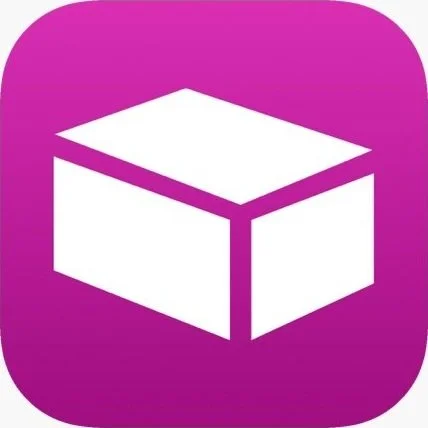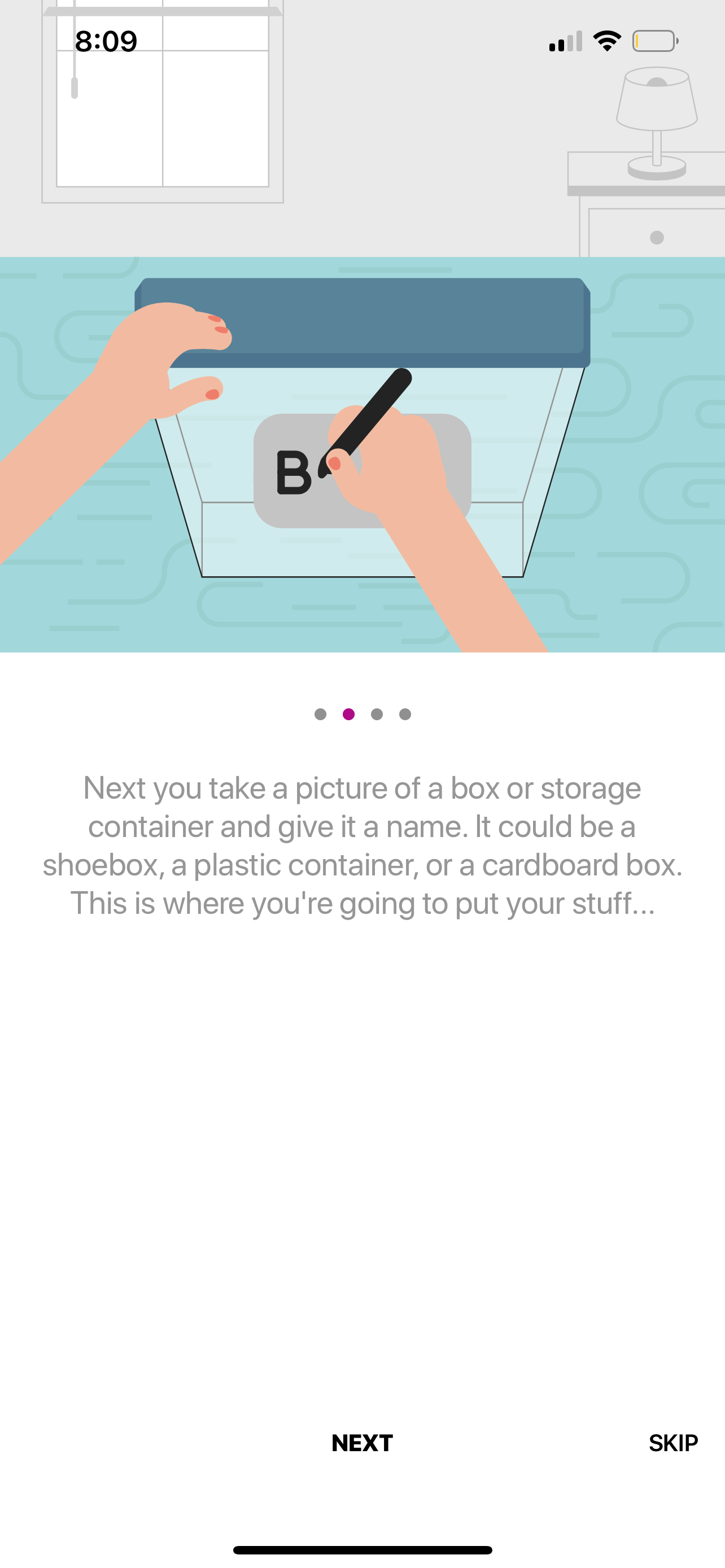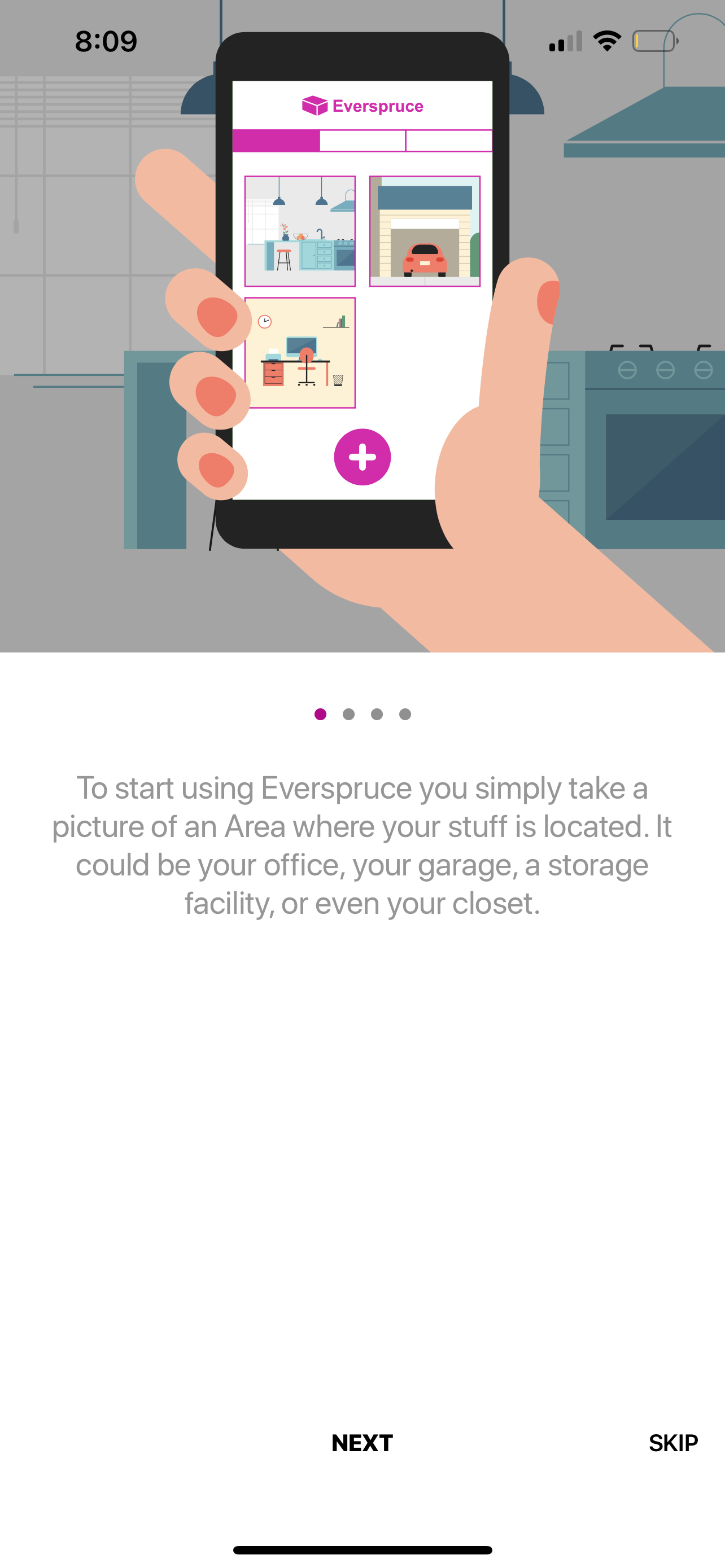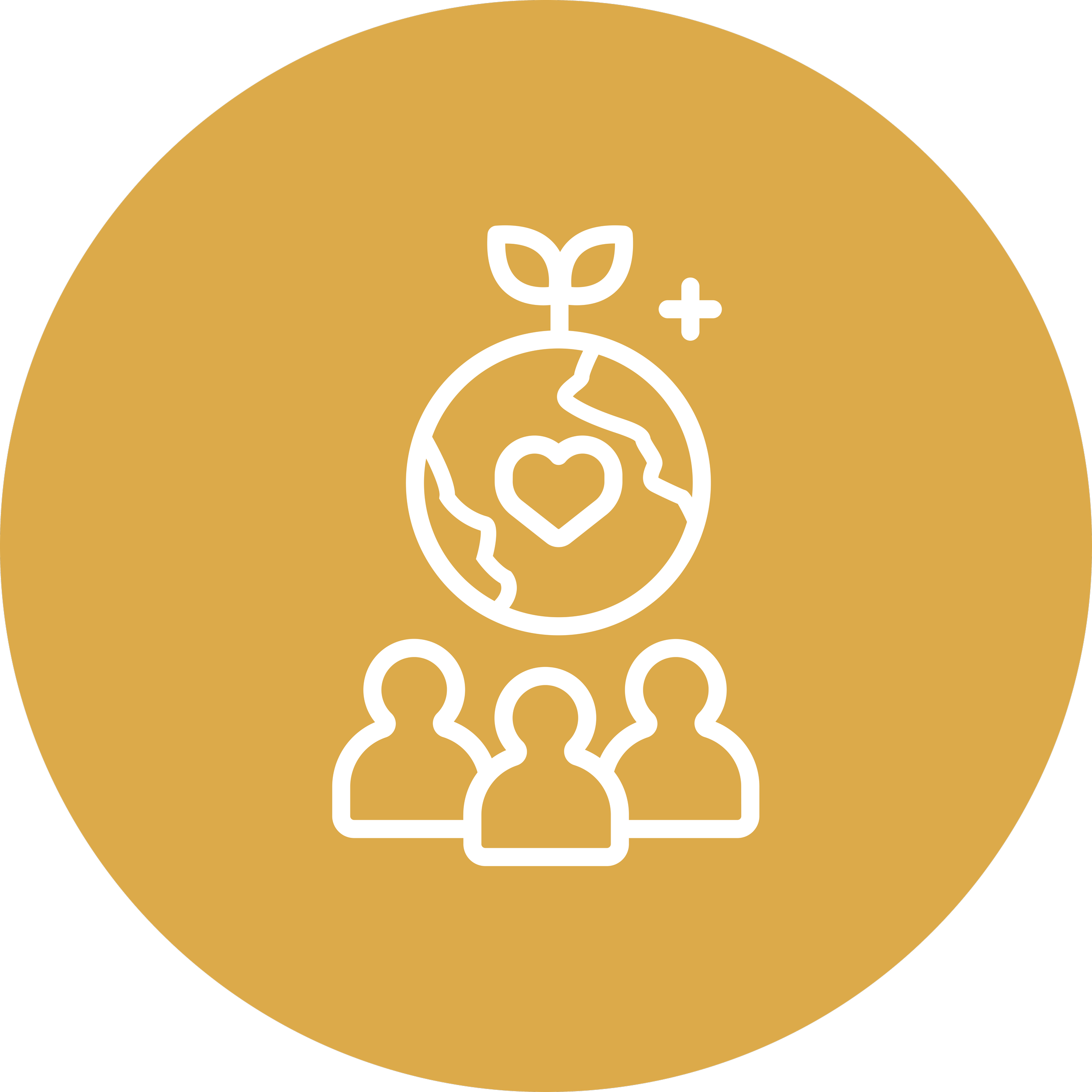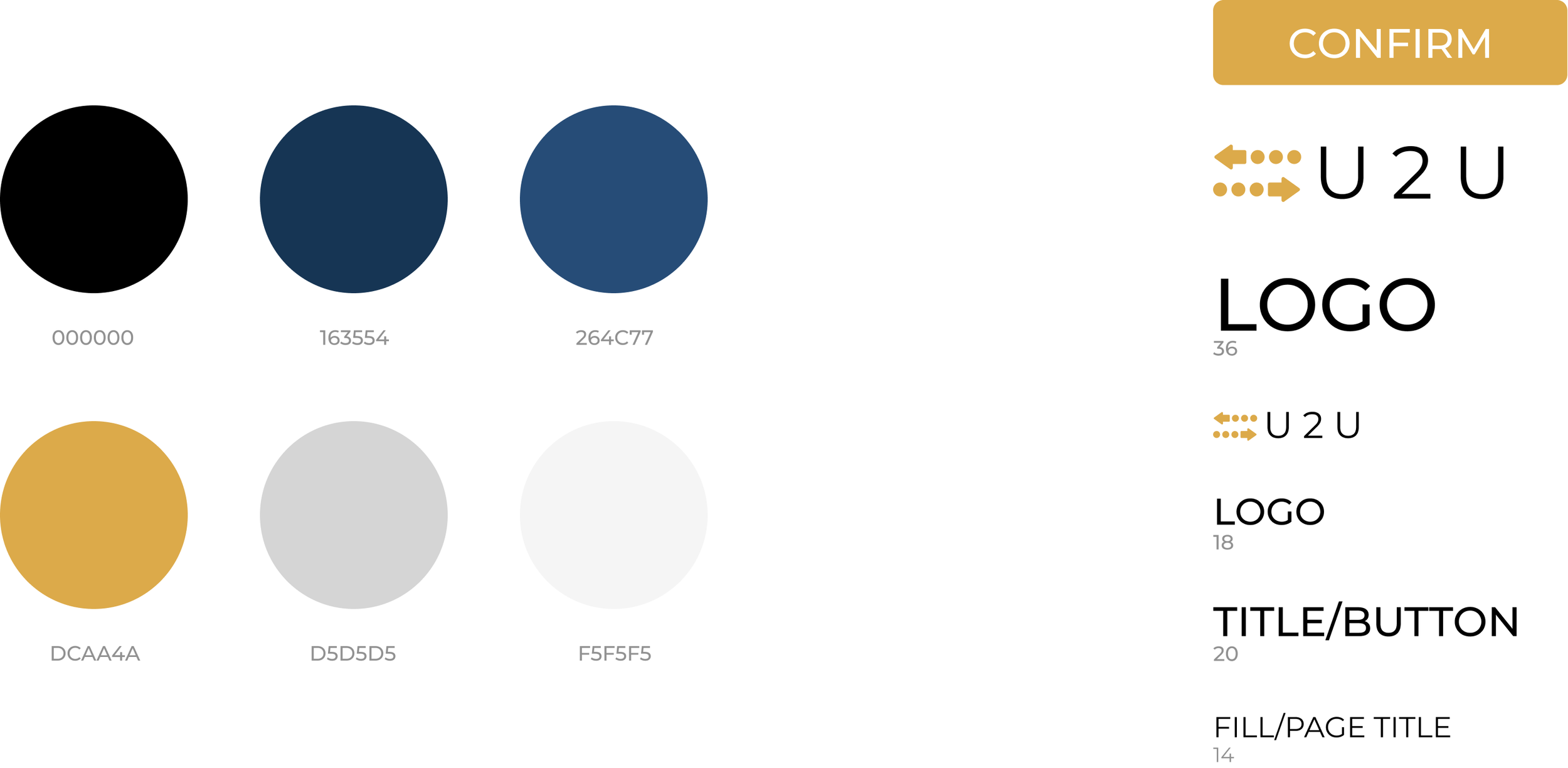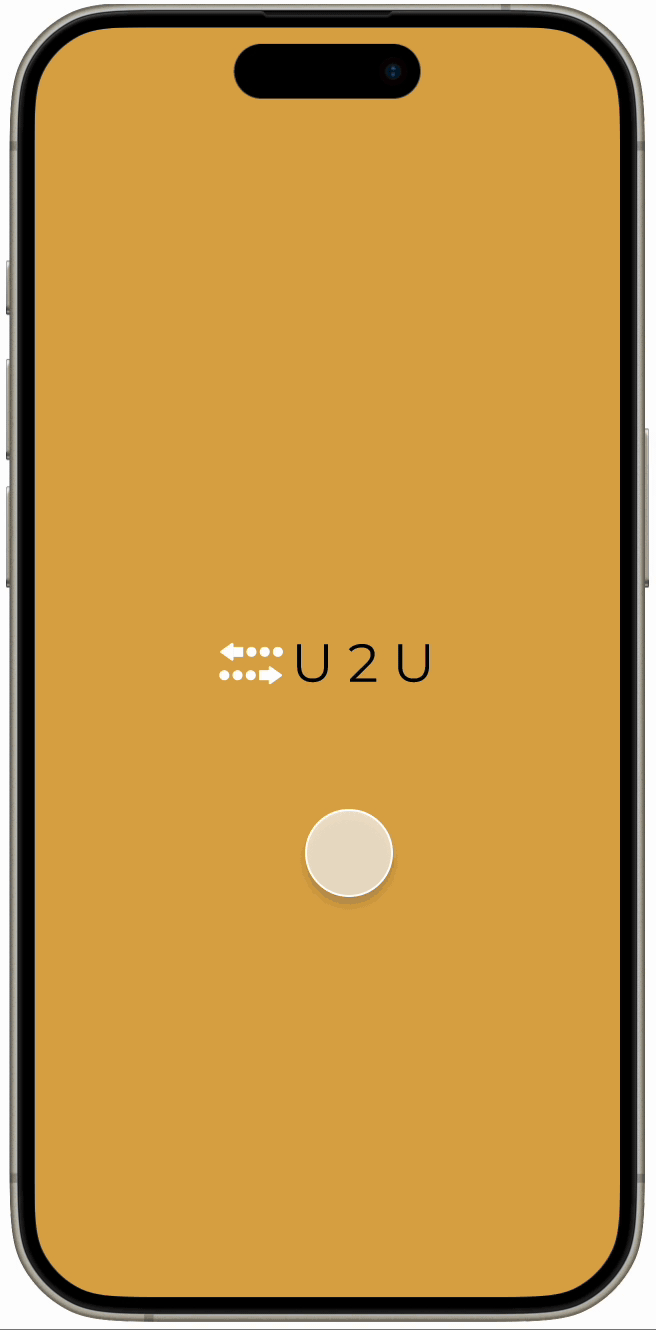
U2U
Fashion Delivered Wherever You Go
The pandemic caused a rise in rented storage units as people decluttered during increased time at home, with clothing ranking as the second-highest category to be stored. With the average New York apartment size now 887 sqft, 30 sqft smaller than in 2021, and 42% of units rented due to space constraints, we are lacking in convenient accessibility to storage. Particularly felt in a city where 57% of people prefer walking as their transportation method.
What if there was a service that could bring and take what we needed?
Role:
Research, UI/UX
Duration:
10 weeks
Software:
Figma
THE PROBLEM
Lack of Clothing Delivery Service
In a time where everything is accessible at our fingertips, the limited options for convenient delivery and pickup services highlight a gap in accessibility to our belongings, forcing us to rely on fast fashion and replacement.
How can we utilize technology to create a platform that enables us to reach our closet from any location?
THE SOLUTION
A Mobile Closet
An application that delivers your clothes to you and just as easily returns them to your storage unit until needed again, promoting recycling and contributing to a more sustainable future.
COMPETITIVE ANALYSIS
Exploring Successes and Opportunities
I analyzed existing products to find their success factors while identifying missed opportunities.
Everspruce
Everspruce Home Inventory focuses on keeping track of your belongings at home or in storage with the option of organizing them into categories.
Learnings
Insurance - keeps track of the value of each inputed item.
Multiple Levels of Tracking - generates QR codes for easier and faster item location.
Categories - limited to 3 main categories: areas, boxes, items. Helps simplify and organize the app.
Opportunities
Design - overwhelming screens with an odd mix of modern illustrations and traditional displays of information.
Audience - targeted for larger homes with multiple “areas”.
Limited Convenience - only keeps track of location and helps organize but no delivery options.
USER RESEARCH
Qualitative Interviews
The interviews were completed via Zoom and transcribed through Otter. Participants included one Generation X, three Millennials, and one Generation Z. These were used to define my users and identify needs and struggles.
Learning Objectives
Elevate what storage units can be used for
Explore how others utilize their storage units
How many people stop using the items they store?
Do they use retail therapy as a form of seeking happiness or emotional relief?
Target Participants
Demographic
Cities
Income; a certain level of income to afford a storage unit
Gender
Qualifications
Live in cities; limited transportation and on average smaller living spaces
Main Insights
1. Limited Visits
Participants who have units found it a hassle to visit and forgot what was stored.
2. Impulse/Wasteful Spending
Many purchased pieces to replace items they already own, often from fast fashion brands. At times, the purchases were made as a form of retail therapy.
3. Daily Struggle
Instances of inconvenience due to clothing unrelated to storage units include carrying extra clothing (spare outfits, gym clothes, etc.), unexpected weather changes, and instances of inappropriate attire.
4. Familiar with Similar Platforms
All participants are familiar with delivery applications and are part of their lifestyles.
PROJECT GOALS
What I Want to Accomplish
Convenience
Enhance user accessibility to their belongings on a platform that is familiar to the wide range of users who own storage units while maintaining a gender-neutral design.
Sustainability
Reduce the need for impulse/replacement shopping and hopefully contribute to a decrease in the 81 pounds of clothing discarded by each American annually.
How do we ensure users have a seamless experience?
Straightforward and easily comprehensible introduction
Design for convenience
Promote sustainability
Familiar delivery platform design
Provide the same benefits as retail therapy
USER PERSONA
Utilized Collected Research to Identify the Target User Group
USER FLOW
SITEMAP
BRINGING THE SOLUTION TO LIFE
An Application that Increases Convenience and Sustainability by Providing Seamless Access to Belongings in Storage.
My solution focuses on becoming a reliable delivery service that can be integrated into the lifestyles of metropolitan users. Ideally partnering with local storage units and become a service that can be included during the time of rentals. If executed as planned users would use the application as part of their lifestyle rather than a specialty service. The ethical benefit would be that it increases sustainability and reduces waste generated by excess of clothing and fast fashion.
RAPID PROTOTYPING
Crafted Multiple Iterations of Potential Interfaces Using Figma
VISUAL DESIGN
I Focused on Provoking Similar Emotions Users Experience When Encountering Other Delivery Services: Food, Transportation, Packages.
Initially, I aimed to evoke feelings of reliability and reassurance, given that the delivered items belong to the users. This led me to consider luxurious colors and simplicity, but I found them lacking in the necessary eye-catching quality crucial for delivery services to be easily identifiable from a distance. I proceeded to analyze the colors used by well-known delivery services, incorporating unique hues to ensure distinctiveness. I decided on a muted yellow that is often used at storage units as well as referencing a stereotypical taxi.
Font and Color
I chose a muted yellow palette for its eye-catching effect, and its muted shade contributes to a calming and softer feel. Known for evoking feelings of happiness and excitement, yellow also has the potential to subconsciously instill a sense of anticipation and joy in users as they await their deliveries.
Montserrat is a geometric sans-serif typeface, characterized by clean lines and a modern design. The font offers versatility and readability in various contexts.
INCORPORATING MY GOALS
To Ensure My Goals Were Met, I Incorporated Them into My Solution in Different Depths.
First level - an inclusive introduction that informs users of the layout of the application and services that are offered.
Second level - design delivery screens to resemble those found in other platforms offering delivery services.
Third level - provide users the psychological happiness they feel when shopping in a more sustainable and price-conscious way.
FIRST LEVEL
Introduction
The introduction sets the tone for users' first experience with the app, aiming to be simple and welcoming. Information is gathered across multiple screens to avoid overwhelming users with a lengthy form-like feel, and skip options are provided for flexibility.
SECOND LEVEL
Transition
Created a familiar design for swift user adaptation and seamless integration into their lifestyles, while adjusting the screens based on missed opportunities collected from my competitive analysis research.
THIRD LEVEL
Emotional Benefits
Shopping offers a psychological effect of bringing happiness and a sense of control, which impacts both men and women alike. By designing screens that evoke the feeling of shopping, users can enjoy these benefits without contributing to waste, while also developing a renewed appreciation for their belongings.
RESULTS AND TAKEAWAYS
Simplify - Hick’s Law
I learned the importance of prioritization in the application development process. Focusing on addressing the main problem allows for a more streamlined and user-friendly experience, helping build a solid user base. Once users are familiar and comfortable with the platform, additions can be introduced with a reduced learning curve. This methodical approach enhances user adoption and satisfaction while avoiding the potential pitfalls of overwhelming complexity.
Interviews
In addition to conducting user interviews focused on the problem and solution, I will integrate multiple interviews throughout the project, such as after participants engage with competitors' applications.
I would also like to broaden the range of participants and conduct more interviews, in this case I would include employees of storage units. This approach aims to gain insights into potential user needs and better understand how the application could be integrated into businesses.
Add Dimension with Multiple Fonts
In the future, using different fonts in the application can add visual variety, much like having a diverse color palette. This enhances the overall design flexibility, creating a more dynamic and engaging user experience. Ensuring that the chosen fonts maintain readability and cohesiveness while adding visual interest. As design trends evolve, trying out different fonts can be a valuable strategy to keep the application's look fresh and adaptable.




